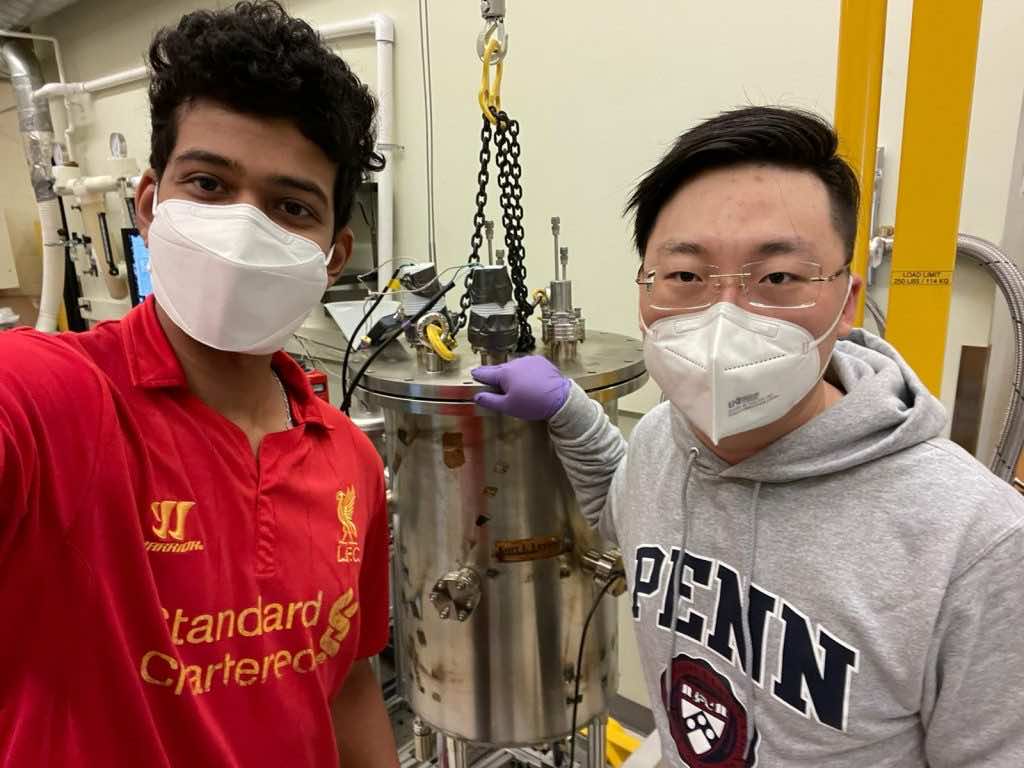It is already known that there are four states of matter. They are named solid, liquid, gas, and plasma. Plasma is the least common state of matter that can be seen in the environment. However, it can be created through experiments. All the objects that exist around us belong to one of the aforementioned categories. However, there are a few objects that do not entirely exhibit the characteristics of just one category. They exist at the boundary of two states. This makes it hard for them to be strictly labeled as one state. Among such objects, glass is the most common one.

Glass exhibits the properties of both solids and liquids. The molecules inside are arranged at a distance from one another and must appear as liquid but they have intermolecular forces strong enough to make it a solid. This peculiar behavior defines the state of matter of glass. This is why glass is an amorphous solid.

Recently, scientists and researchers have discovered another way of making glass. An extremely thin layer of glass is created that makes it a high-density material. The resulting object is more stable and denser than the regular one.
The research is reported in the Proceedings of the National Academy of Sciences. Dr. Yi Jin worked in the lab of Zahra Fakhraai at the University of Pennsylvania, and instead of using the conventional method of cooling liquid glass in films to make a solid glass, the doctor used a new method of turning the vapor of glass directly into solid. Hence, as a result, a new kind of material was formed that exhibited unique properties.
It is believed that this technique can be applied to other materials that are not glass as well. The team in the lab is working on the properties of the newly found substance and of general glass to reach conclusions.


